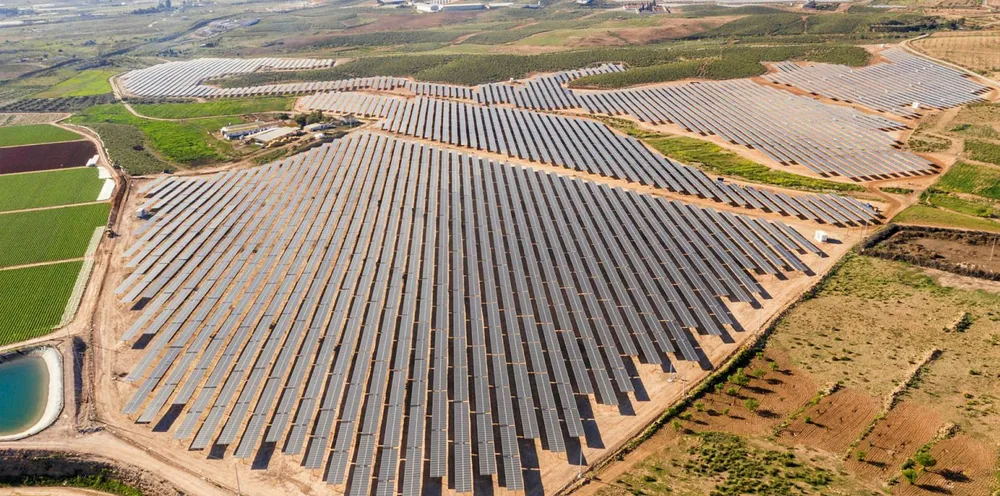Solar the pacesetter with renewable energy on road to 1.4TW big boom: Fitch
PV to take lead over wind as clean sources account for two-thirds of new additions this decade, analyst predicts

PV to take lead over wind as clean sources account for two-thirds of new additions this decade, analyst predicts
